Call:
- USA +1 877 564 7526
- AUS +61 4 6699 2806
Nepal is an enchanting kingdom, nestled in the Himalayas between China and India. For a small territory, the country boasts an uncommonly diverse terrain, including eight of the world's top 10 highest mountains. Nepali folklore is often illustrated in dance and music and the people are open to sharing their traditions. Although tourism is steadily increasing, Nepal's remote location has kept the culture widely unaffected from outside influences.
Nepali
Between India and the Tibetan Autonomous Region of the People's Republic of China
Kathmandu
26 million
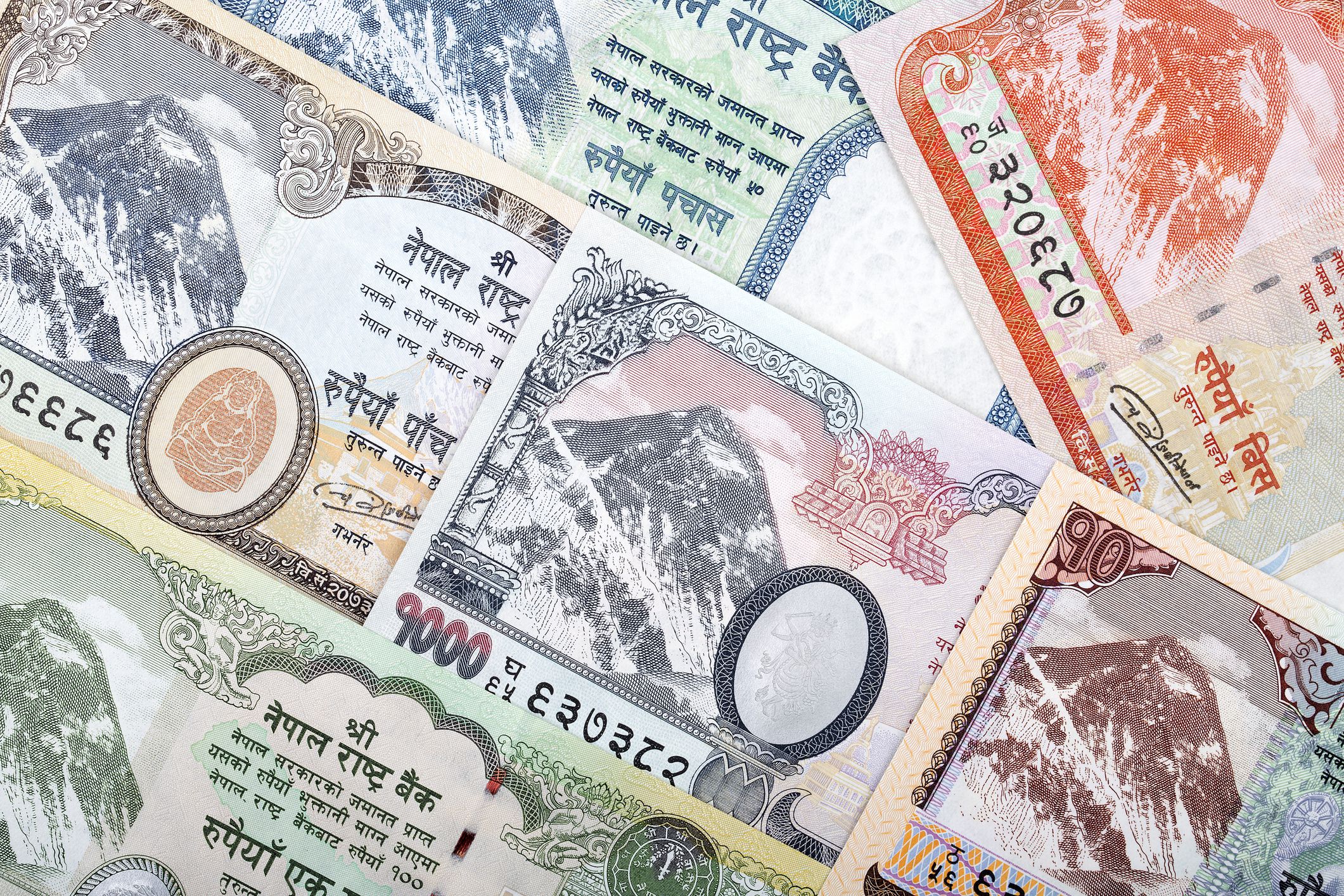
The national currency of Nepal is Nepalese Rupee (NPR).
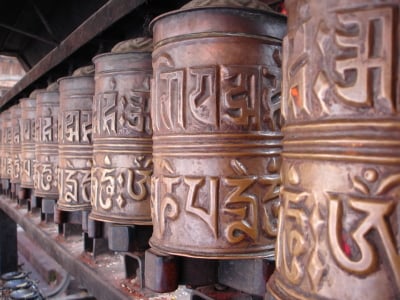
Nepal is 5 hours + 45 minutes ahead of GMT . The country does not apply Daylight Savings Time.
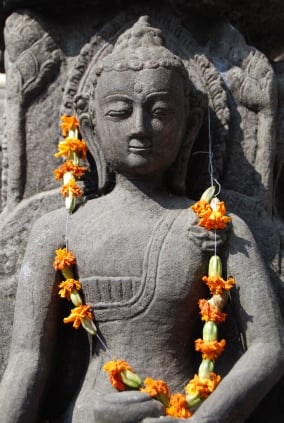
Nepal was the world's last constitutionally declared Hindu state. However, after the movement for democracy in early 2006, the Nepali Parliament amended the constitution to make Nepal a secular state. Many people follow both Hinduism and Buddhism, and some of the mountain communities practice Shamanism. The most common religion currently practiced in Nepal is Hinduism:
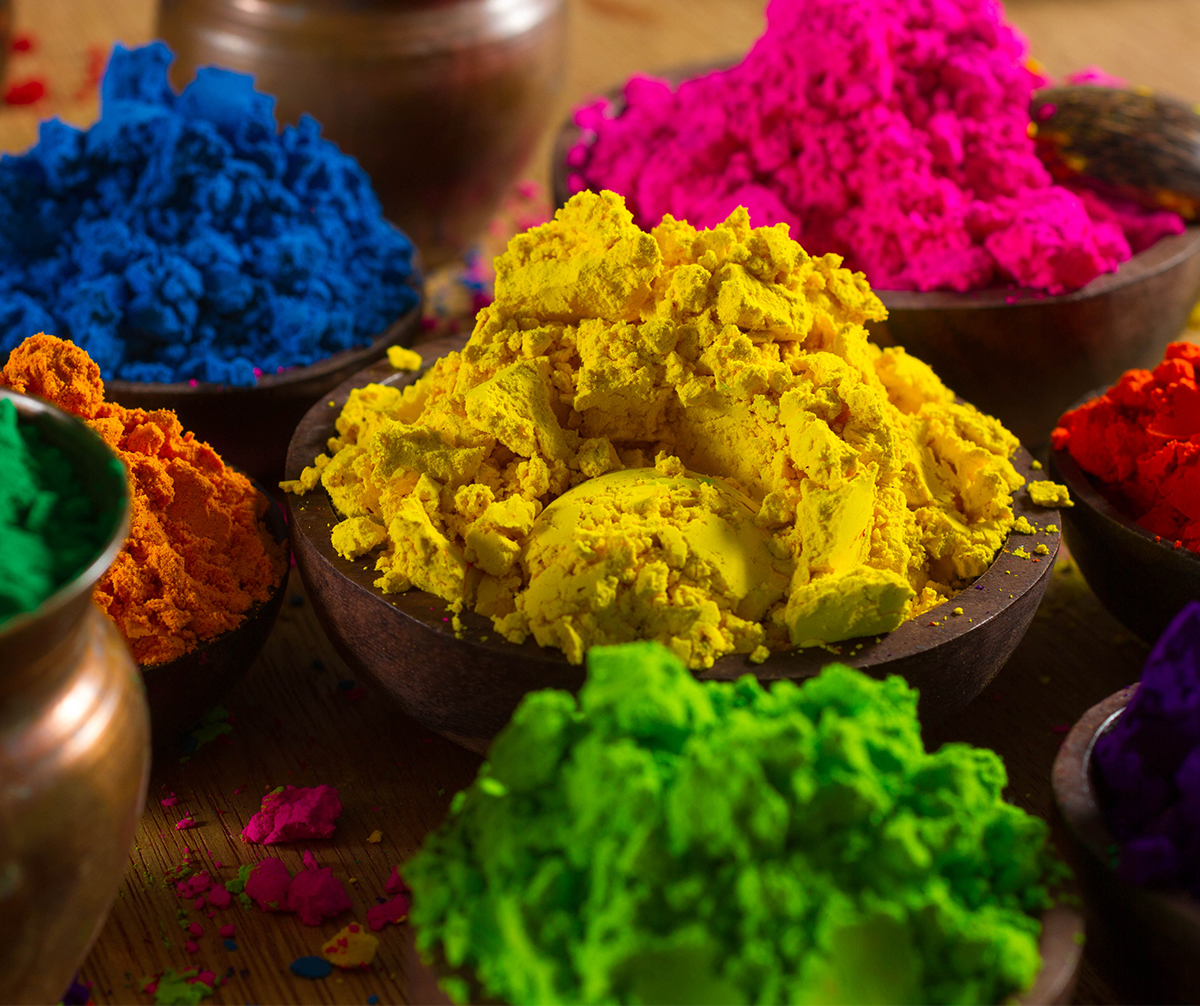
It is often joked that Nepal has more festivals than days in a year.
Dasain, celebrated nationwide in October, is the most important of all Nepalese festivals.
Tihar, the festival of lights, occurs in November.
Other nationally celebrated festivals and holidays include
The Buddhist festivals include
Most of the shops and Tibetan refugee camps are closed on Saturdays and all museums remain closed on Tuesdays and government holidays.
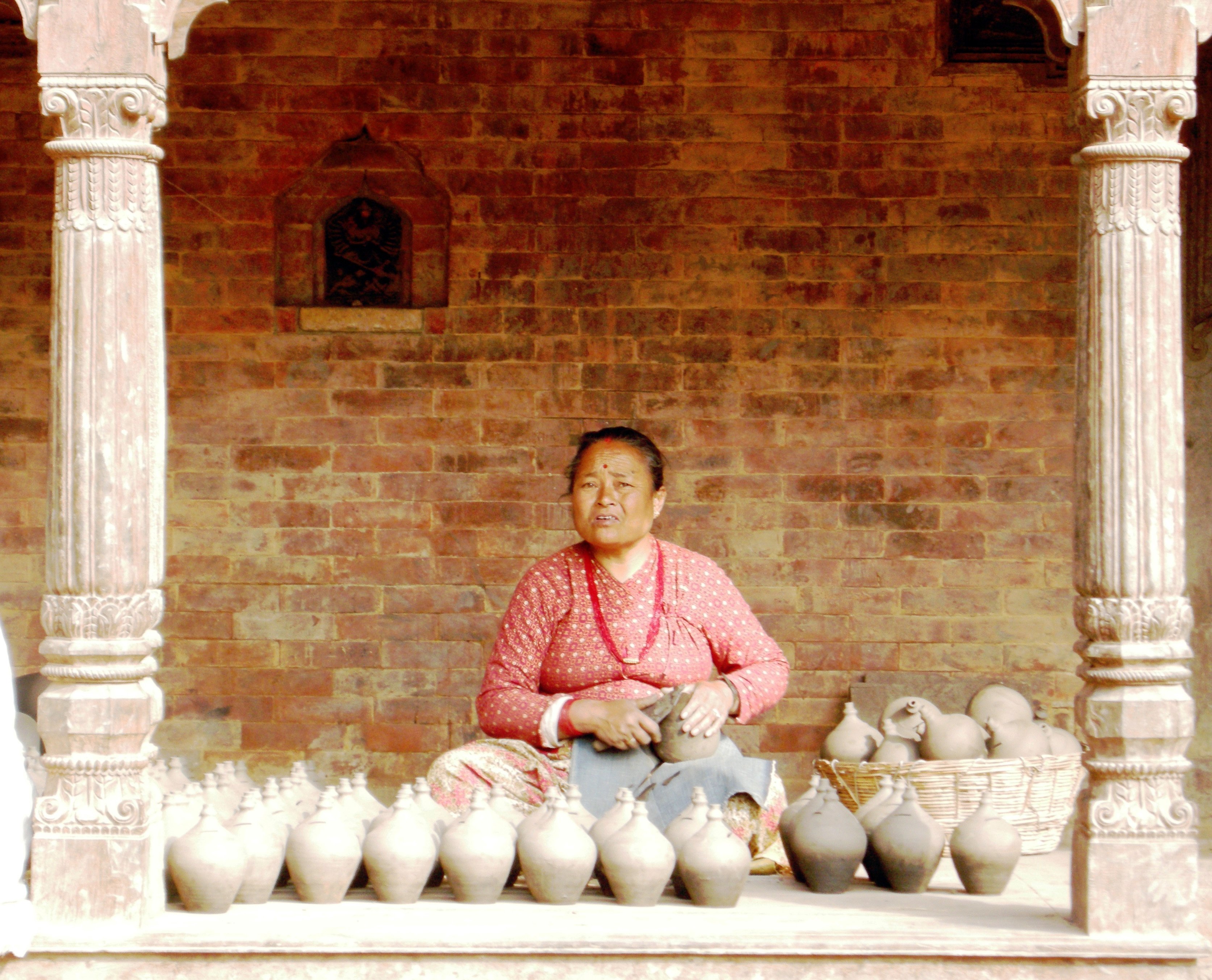
There are approximately 60 ethnic groups speaking 70 different languages in Nepal.
Nepal's population was formed by large-scale migrations of Mongoloid groups from Tibet and Indo-Aryan people from northern India. This has produced a diverse linguistic, ethnic, and religious pattern in Nepal.
The Tibeto-Nepalese groups include the Tamang, Rai, Limbu, Sherpa and Sunwar. They live in the north and east, while the Magar and Gurung inhabit central Nepal. Most of the Nepalese live in villages or in small market centers.
The children of Nepal are always charming. They will ask questions about your origin and frequently request hugs. If you choose to bring items to distribute to the kids, we recommend candy, pens, and paper.
Nepal is an enchanting kingdom, nestled in the Himalayas between China and India. For a small territory, the country boasts an uncommonly diverse terrain, including 8 of the world's top 10 highest mountains. Nepali folklore is often illustrated in dance and music and the people are open to sharing their traditions. Although tourism is steadily increasing, Nepal's remote location has kept the culture widely unaffected from outside influences.
Yes. The Nepal visa is purchased upon arrival in Kathmandu or at the Nepal border. The cost is $30 and payable in USD.
It all depends on your destination and season of travel. Generally speaking, Nepal is a conservative country. We recommend that travelers not wear clothing that is too short, tight, or revealing. Medium-weight and easy to wash cottons are recommended year-round in the Kathmandu valley. From October to February, we also suggest woolen sweaters, jackets or similar warm outfits. Pack comfortable walking shoes, including sandals and athletic shoes. A head cover may be required for women and men at sacred sites and places of worship. For trekking and adventure itineraries, a list of suggested clothing items and supplies will be provided.
It really depends on your destination, activities and season of travel. Our destination specialists will recommend certain travel times after learning more about your preferences. The favorable months are usually September – November and February – April. The monsoon season is June – August.
Immunizations are not required to visit Nepal. (Exception: if you are traveling from an area infected with Yellow Fever, you must have a certificate.) Depending on the season and region of travel, certain vaccinations and/ or medications are suggested and we will recommend preventative measures. We do encourage all travelers to be current on routine immunizations. Also, we recommend the Tetanus and Hepatitis A vaccine. Though still rare, Malaria is increasing in Nepal. The elevation of Kathmandu and places of greater altitude are too high for the species of mosquito that carries malaria. However, when visiting lowland areas, preventive treatment and tropical strength insect repellent is advised. For detailed information, please contact your physician or visit the CDC website: http://wwwn.cdc.gov/travel/
What do you hope to see and experience during your trip? Our destination specialists will make recommendations based on your travel preferences. Most travelers incorporate Kathmandu, Pokhara, and Chitwan National Park. However, many also include adventure activities, including trekking and rafting.
Nepal has a low crime rate and is generally a safe country. There are some safety concerns following the 2008 elections, when the country became a secular republic. Avoid demonstrations, rallies, and public gatherings. As with any international travel, please be aware of your surroundings. Check with your guide or representative about the safe/ unsafe areas of town and use caution when traveling alone. Also, always make sure your purse is zipped and wallets are in sealed pockets. In the markets, be vigilant of pick-pockets and distraction scams. Additionally, at the train/bus stations and airports, please monitor your luggage at all times.
There is an armed Maoist presence on many of the major trekking routes who demand a 'tax' before allowing trekkers to pass. Trekkers are advised to stay on established routes and walk in a group or with professional guides.
Nepali is the official language. It has roots in Sanskrit and is written in Devengari script. English is understood by most people in the cities. In the villages, different ethnic groups speak their own languages.
FAX: 480.772.4696
Terms and Conditions
Copyright © Sodha Travel, 2019. All Rights Reserved.